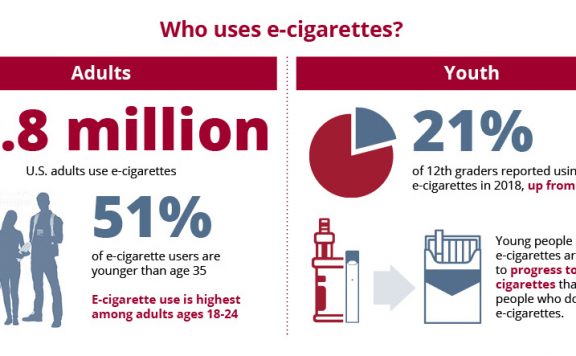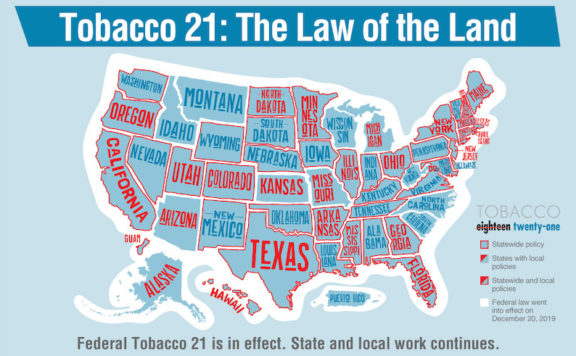The results of a recent study by the American Cancer Society (ACS) reveal that then the number of adult Americans who believe that e-cigarettes are “more harmful” than the traditional cigarettes doubled in the years 2019-2020. At the same time, the perceptions that e-cigarettes are “less harmful” among adult Americans declined significantly between 2018-2020.
The study also revealed that there was a significant increase in cigarette smoking among adult Americans who perceived electronic cigarettes to be “more harmful “than traditional paper cigarettes in the years 2019-2020. At the same time, there was a marked increase in e-cigarette use among those who perceived electronic cigarettes to be “Less harmful”. There was an increase in the use of both products among individuals who considered them to be equally “harmful”.
The results of this study coincided with those of another study published in the American Journal of Preventive Medicine (AJPM) which linked vaping and e-cigarettes to the EVALI and COVID-19 pandemics and the lung injury epidemic. While the use of tobacco products such as cigarettes and e-cigarettes has always been known to pose health risks to users, major epidemics such as the COVID-19 pandemic of 2020 and the EVALI epidemic of 2019 have been brought to the fore new risks associated with smoking.
From the study, it appears that the type and quality of information that Americans have been exposed to have shaped how they perceive the potentially harmful impacts of the various tobacco products. This in turn has affected their behavior concerning those products. According to Dr. Priti Bandi, the Principal Scientist, American Cancer Society, and the Lead Author of the study, “the more relevant finding for public health is that increases in cigarette smoking and e-cigarette use prevalence occurred primarily in individuals who perceived their preferred product as relatively less harmful.” This suggests that you can predict the behavior of individuals around smoking based on their perception of the harmful effects of the various tobacco products on the market.
In this study, the scientist used data obtained from the Health Information National Trends Surveys sponsored by the National Cancer Institution. They analyze data collected from over 10,000 adults in the United States between 2018 and 2020. The actual results showered that the number of those who perceived e-cigarettes to be more harmful doubled every year during the period of the study: 6.8% in 2018, 12.8% in 2019, and 28.3% in 2020. The number of those who said they dint know what was more harmful between traditional cigarettes and e-cigarettes declined each year during the period of the study: 38.2% in 2018, 34.2% in 2019, and 24.7% in 2020.
During this period there was an increase in exclusive cigarette smoking among those respondents who perceived electronic cigarettes to be “More harmful”: 18.5% in 2018, 8.4% in 2019, and 16.3% in 2020. At the same time, there was a net increase in exclusive e-cigarette use among those who perceived it to be less harmful: 7.9% in 2018, 15.3% in 2019, and 26.7% in 2020. There was also an increase in the dual use of tobacco products among those who perceived them to be equally “harmful”: 01% in 2018, 1.4% in 2019, and 2.9% in 2020.
Dr. Priti Bandi is convinced that “there is a need for behavioral interventions to encourage individuals to be informed consumers of available scientific findings and appreciate that while no tobacco products are safe, there are inherent differences between relative and absolute harms between tobacco products that can influence behavior”. He wants public health education campaigns to be carried out by relevant authorities to help consumers to be more informed.







